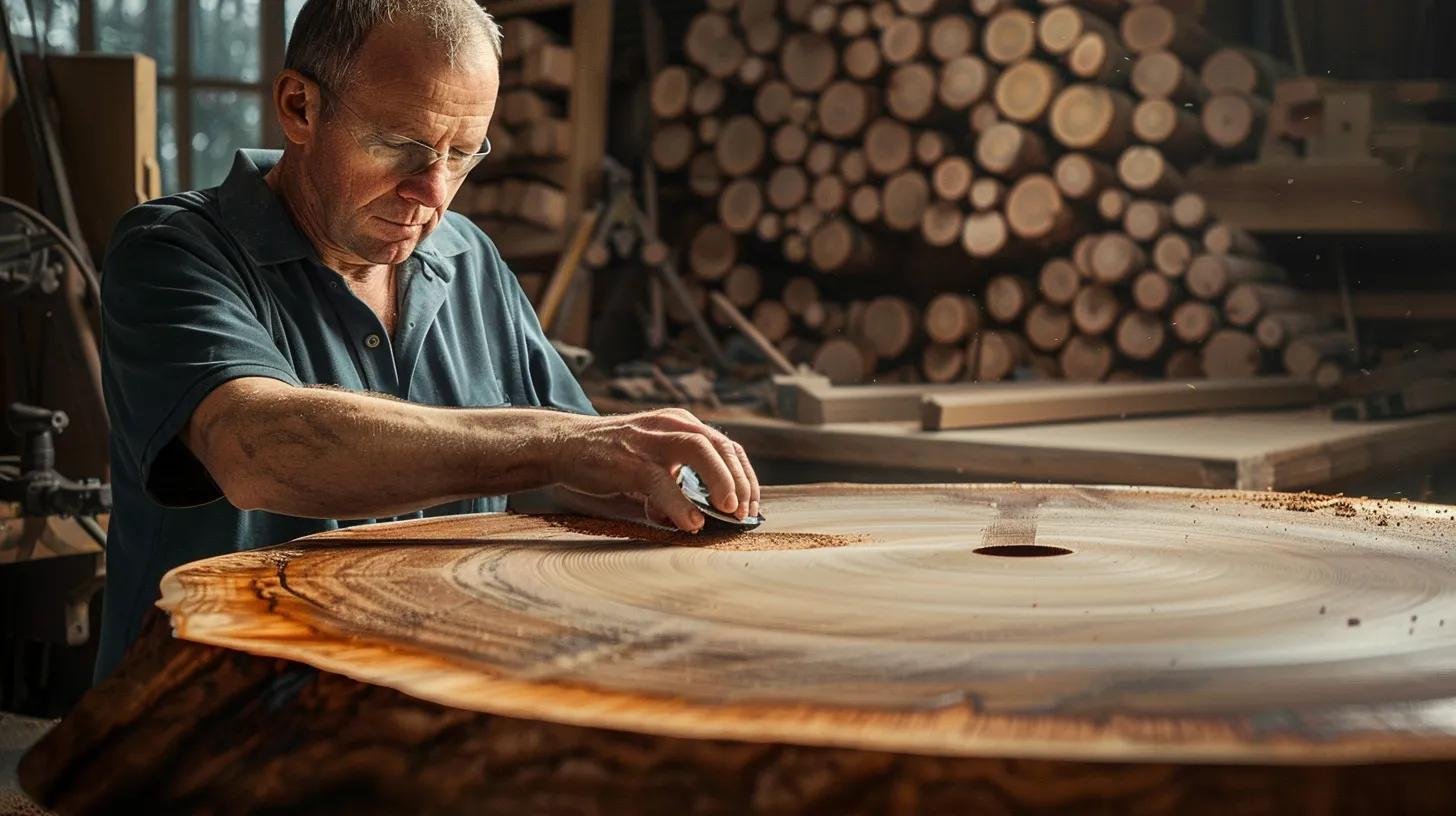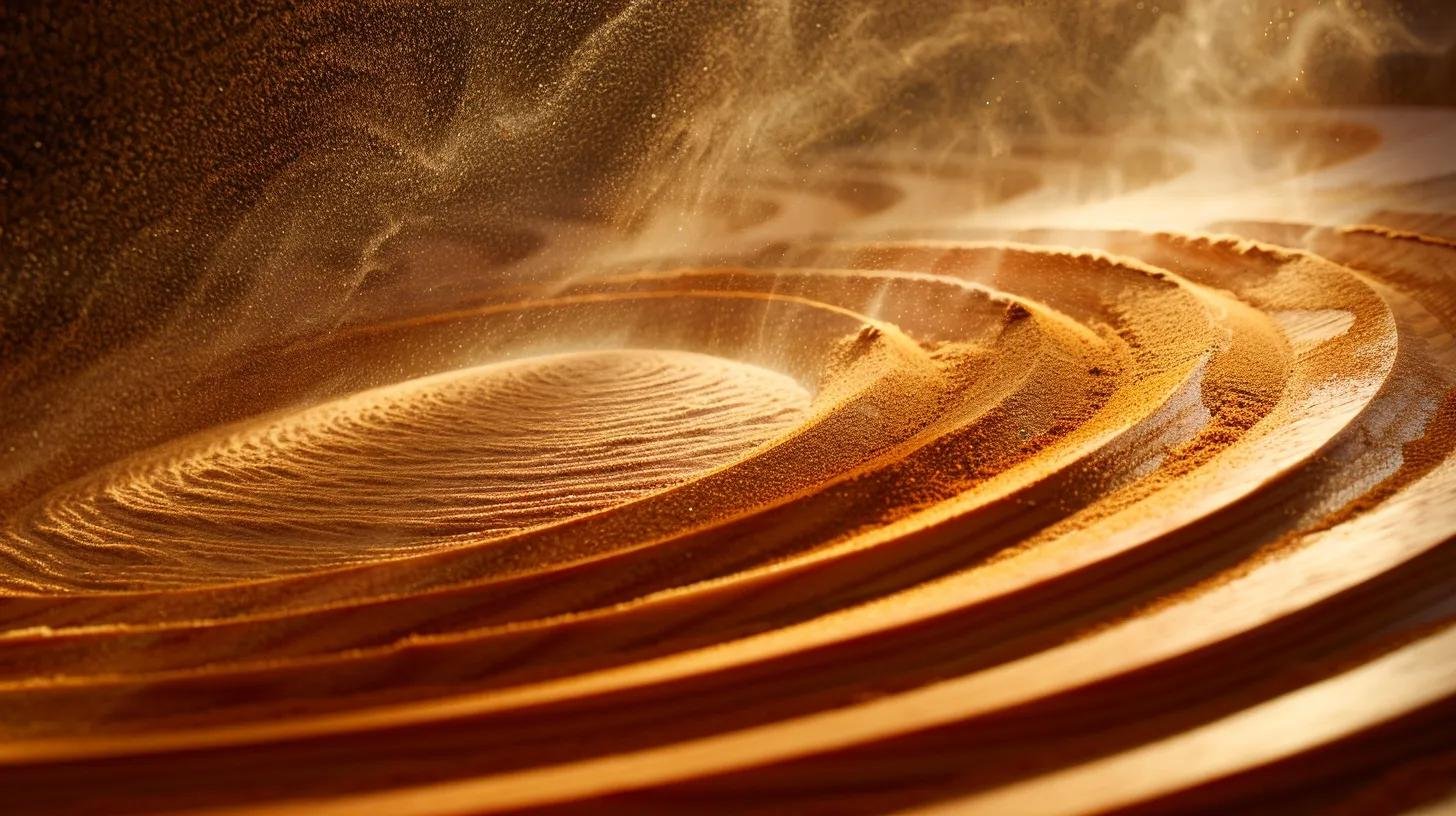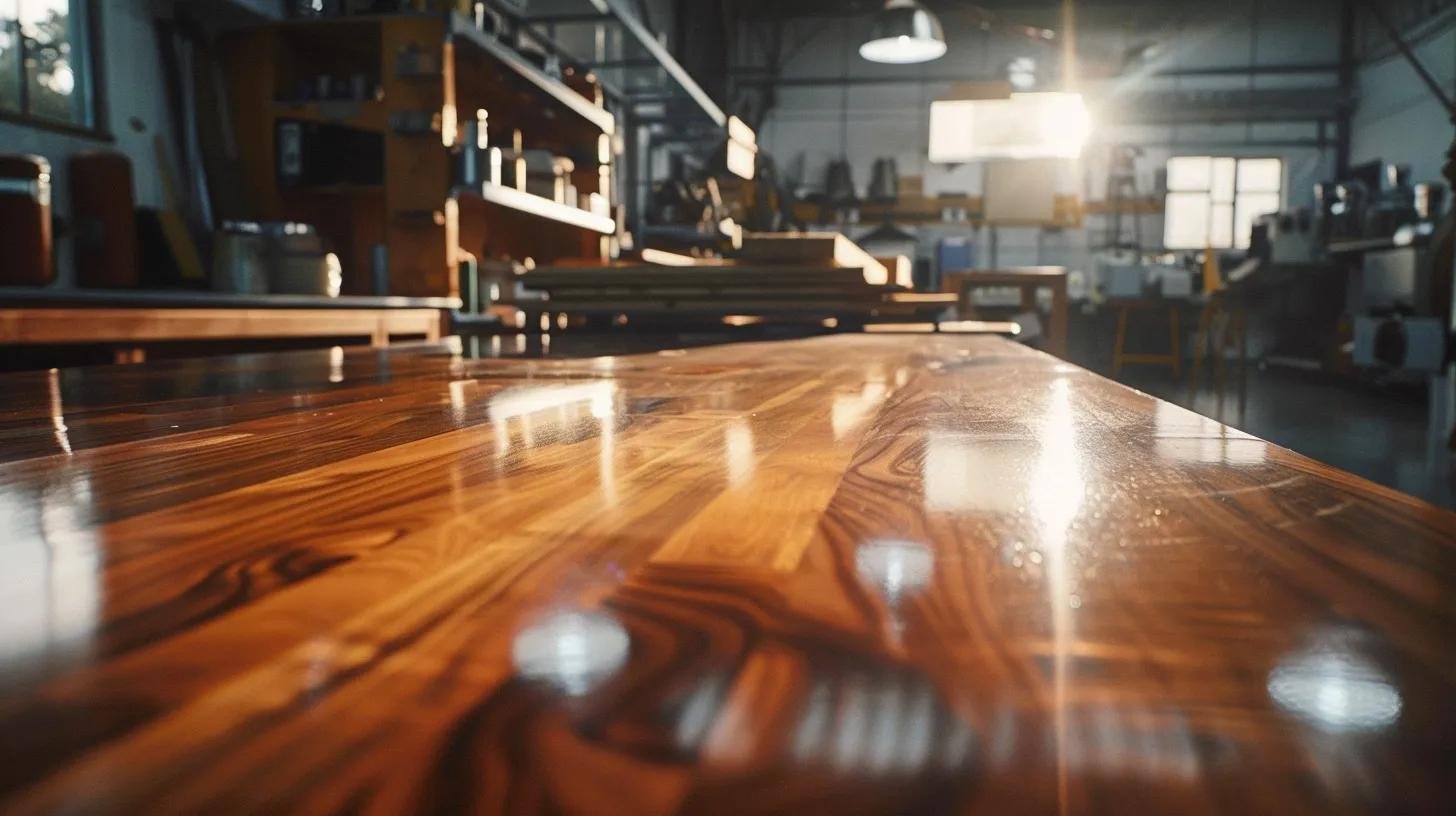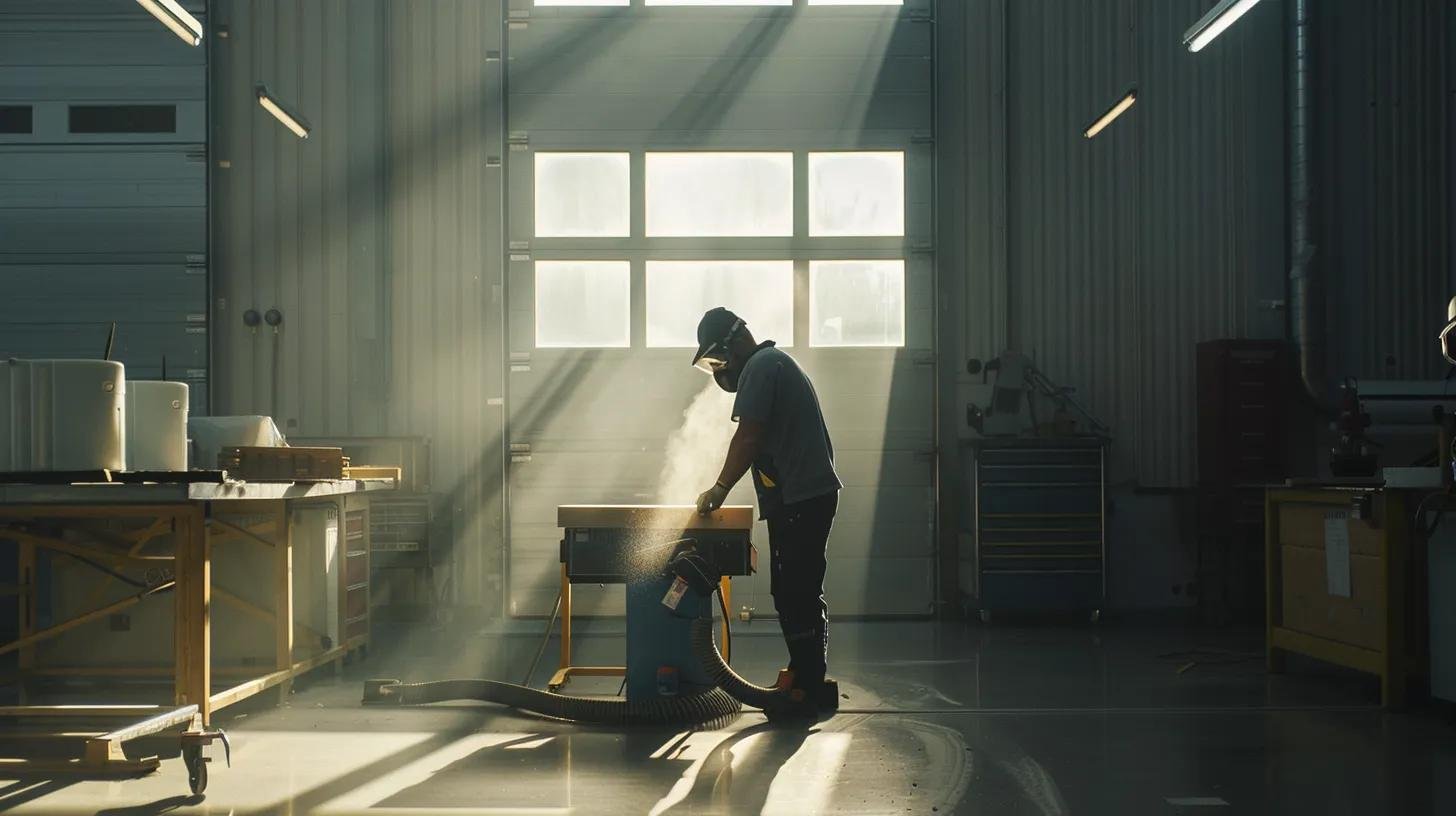drum sanderhardwood Hardwoodwoodwood
Hardwood Floor Sanding Techniques for Grain Enhancement
When it comes to refinishing hardwood floors, selecting the right sanding techniques can significantly enhance the appearance of the wood grain while ensuring durability and longevity. This article delves into crucial sanding methods and best practices that can transform your hardwood floors from dull and worn to vibrant and reflective of their natural beauty.
Key Takeaways
- Evaluate floor condition for appropriate sanding techniques.
- Select suitable equipment and grit paper for best results.
- Layering different grit levels enhances surface smoothness.
- Finishing treatments can emphasize the wood grain’s appearance.
- Safety measures are essential during the sanding process.
1. Evaluating Hardwood Floor Condition and Grain Characteristics

The first step in effective hardwood floor sanding services is evaluating the floor’s condition and understanding its grain characteristics. This evaluation helps determine the appropriate sanding technique and grit needed to achieve a flawless finish. Signs of damage, such as deep scratches or discoloration, should be noted, as these will dictate the level of sanding required. For instance, if the grain is open and porous, it may require a different technique compared to a closed grain hardwood.
2. Selecting the Right Equipment for Hardwood Floor Sanding

Choosing the right equipment is essential for optimal sanding results. Equipment such as drum sanders, orbit sanders, and edge sanders each serve different purposes. The drum sander is ideal for large areas, while an edger is necessary for corners and edges where the drum sander cannot reach. Additionally, selecting the appropriate grit of sandpaper plays a critical role: coarser grits are suitable for heavier material removal, while finer grits are necessary for finishing touches.
3. Implementing Precise Sanding Techniques for Grain Clarity

To achieve clarity and smoothness in the wood grain, it is imperative to implement precise sanding techniques. This includes ensuring that the sander is kept moving at a consistent pace to avoid uneven areas. Cross-sanding (sanding at an angle to the wood grain) can remove scratches effectively and create a smooth surface. Additionally, adhering to the recommended wear patterns on the sanding paper ensures a consistent finish.
4. Layering and Progressing Through Different Grit Levels

Layering through different grit levels is a fundamental practice in the hardwood sanding process. Starting with a coarse grit like 36 or 40 can help remove significant imperfections. Following with medium grits such as 80 to 100 smooths the surface, while a final pass with 120 or 150 grit prepares the wood for finishing. This gradual transition ensures a smooth, even surface that highlights the wood grain beautifully.
5. Applying Finishing Treatments to Emphasize Wood Grain

After sanding, applying finishing treatments can greatly emphasize the beauty of the wood grain. Options such as oil-based varnishes, polyurethane, or natural oils can enhance the grain’s appearance while protecting the wood. Each treatment has unique properties, such as drying time, durability, and the sheen level. Test patches are recommended to choose the best finish for desired results.
6. Upholding Safety and Maintenance Standards During Sanding

Safety should always be a priority during the sanding process. Proper ventilation, the use of dust masks, and goggles are essential to protect respiratory health and eyesight from wood dust. Additionally, using a vacuum attachment with sanders can minimize dust spread, promoting a cleaner work environment. Regular maintenance of the sanders and tools ensures they operate efficiently, thereby prolonging their lifespan.
What type of sander is best for hardwood floors?
A
is usually the best option for
floors due to its efficiency and finishing capabilities.
How often should hardwood floors be refinished?
floors typically need to be refinished every 7-10 years, depending on wear and tear.
Can I sand hardwood floors myself?
Yes, but it requires proper equipment and knowledge of techniques to avoid damaging the
.
What is the best grit for the final sanding?
A grit of 120 to 150 is recommended for the final sanding to achieve a smooth finish.
Should I stain after sanding?
Yes, staining after sanding can enhance the color and grain of the
.
Effective hardwood floor sanding techniques are crucial for enhancing wood grain visibility and ensuring long-lasting beauty. By following proper evaluation, equipment selection, and sanding practices, homeowners can transform their hardwood floors into stunning showcases. Safety measures and appropriate finishing treatments further contribute to the durability and visual appeal of the floor.
